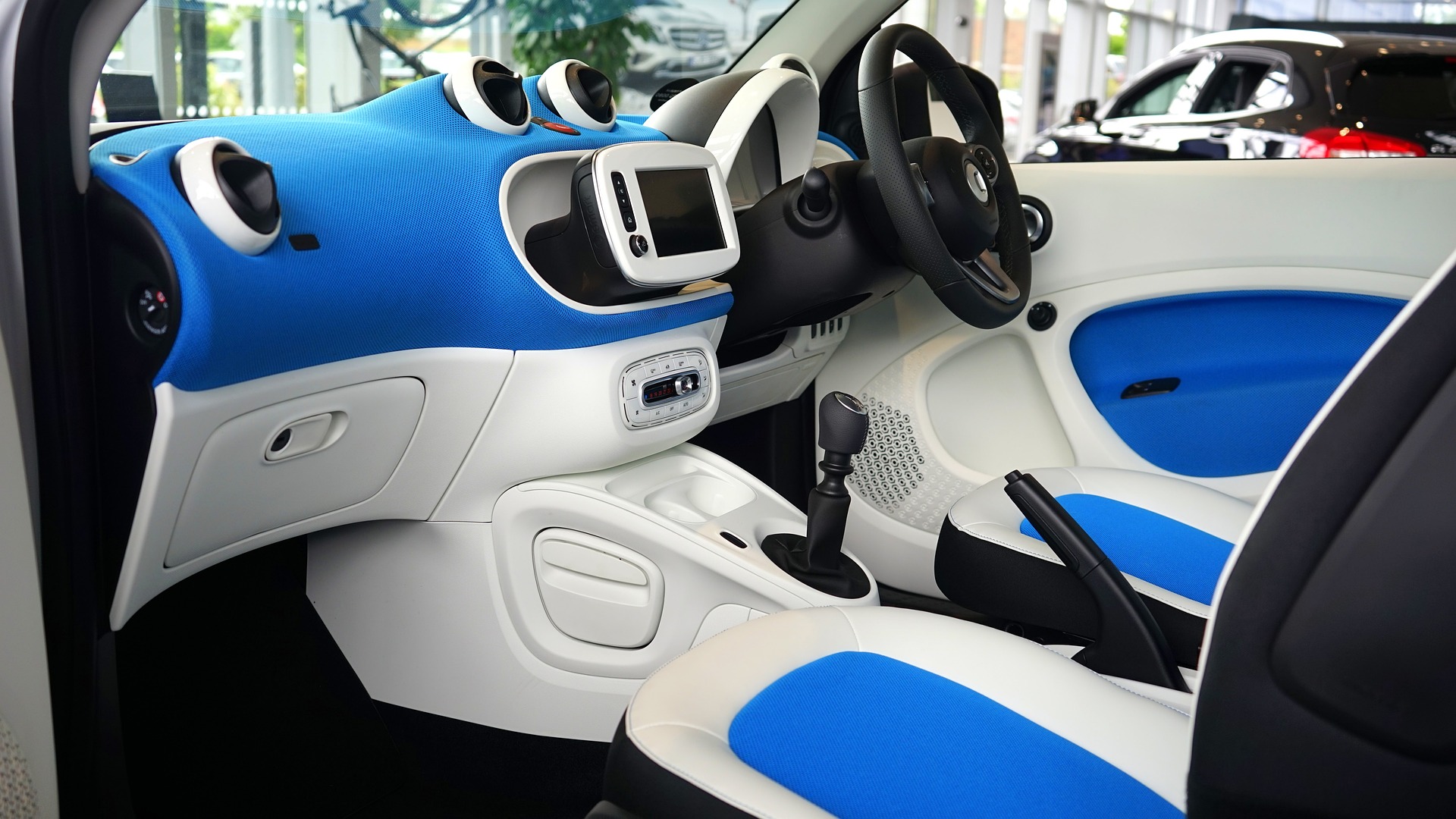Cargo Solutions for Small Vehicles: Foldable Seats and Smart Storage
Practical strategies for maximizing cargo space in compact vehicles using foldable seats and smart storage layouts. This overview highlights how thoughtful interior design can improve urban usability, efficiency, maneuverability, and everyday practicality for drivers.

Small vehicles present design trade-offs between interior space and exterior compactness. Foldable seats and modular storage systems are practical solutions that help drivers adapt a compact cabin to carry cargo, passengers, or bulky items as needed. For urban commuters who prioritize maneuverability and parking ease, these adaptable layouts make a vehicle more versatile without compromising fuel economy or transmission performance. When considering cargo solutions, think about how storage choices interact with safety, maintenance, reliability, and long-term resale value.
How do foldable seats optimize cargo in compact cars?
Foldable seats convert passenger space into cargo area quickly and with minimal tools. In many compact models the rear seats fold flat or split-fold to create a continuous load floor, allowing larger items to fit without roof racks. Designers often focus on low sill heights and recessed taillight housings so cargo can extend deeper into the cabin. For drivers mindful of transmission wear and overall reliability, reducing the need to repeatedly remove and reinstall items on a roof rack lowers exposure and mechanical strain on components like door latches and cargo covers.
What urban storage solutions improve maneuverability?
Urban-focused storage emphasizes vertical and under-seat space to keep the cabin organized while maintaining visibility and turning clearance. Clever compartments—under-floor bins, door pockets sized for delivery bags, and center-console organizers—help drivers retain compact exterior dimensions that aid maneuverability and parking. By minimizing exterior add-ons such as roof boxes, urban drivers preserve fuel efficiency and reduce emissions associated with increased drag, which can also affect insurance considerations tied to vehicle modifications.
Can smart storage enhance efficiency and mileage?
Smart storage reduces clutter, which in turn can improve aerodynamics if it prevents the use of bulky external carriers. Keeping items secured inside the cabin lowers the chance of sudden weight shifts that affect handling and transmission load during stop-and-go city driving. Lightweight, modular organizers allow drivers to carry what they need without excess mass, supporting better mileage and economy. Regularly reviewing storage needs also makes maintenance easier, since technicians can access interior panels and service points without removing aftermarket gear.
How do design choices affect parking and maintenance?
Foldable seats that stow cleanly and durable storage finishes simplify routine upkeep. Materials resistant to stains and abrasion extend the life of upholstery, which supports better resale and reduces long-term maintenance costs. Compact designs that prioritize a low load floor and short overhangs improve parking visibility and reduce the risk of curb damage. Choosing integrated storage over temporary add-ons tends to limit additional insurance complexities and helps preserve factory warranties and service schedules.
What safety, emissions, and insurance considerations apply?
Cargo configurations must preserve crash protection and proper seatbelt function; aftermarket modifications that obstruct airbags or anchor points can affect safety and insurance coverage. Secure cargo restraint is important to prevent loose items from becoming projectiles during sudden stops. Selecting interior storage solutions that reduce the need for roof-mounted carriers will often lower aerodynamic drag and associated emissions. When evaluating changes, check how modifications might impact insurance premiums and how visible alterations could influence resale assessments.
How do cargo solutions influence transmission, reliability, and resale?
Carrying heavy loads repeatedly can increase wear on drivetrain components, including the transmission, especially in smaller, economy-focused vehicles. Distributing weight evenly and using foldable seats to create a flat loading surface reduces stress on mounts and axles. Well-designed storage solutions that protect the cabin and maintain factory fittings tend to support reliability and a stronger resale position. Buyers often examine how a vehicle was used; evidence of thoughtful, non-invasive cargo management is generally more favorable than signs of improvised or damaging alterations.
Conclusion Foldable seats and intelligent storage are effective ways to expand the usefulness of small vehicles without sacrificing compactness, maneuverability, or fuel economy. By focusing on secure, factory-friendly solutions that respect safety anchors and drivetrain limits, drivers can carry a wider range of cargo while maintaining reliability, reducing emissions impacts from added drag, and preserving resale value.






